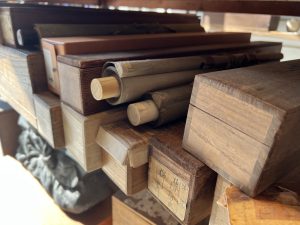軟らかい水・硬い水(愛知県名古屋市千種区姫池通 骨董買取 古美術風光舎)
2024.09.25
皆さまこんにちは。スタッフTでございます。
朝晩は一枚上着がないと寒いと感じるほど、急に涼しくなりましたね。「暑さ寒さも彼岸まで」とは本当によく言ったものだなと実感しております。

最近県外へ出かけていた家族から「名古屋の水は関東より硬度が低いらしいが知っていたか?」と言われました。え?そうなの?変わらないでしょ?
名古屋に住んで十数年。そんなことは全く気に留めたこともなかったのですが、調べるとどうやら関東の方が硬度が高いんだそうです。
何故そんな話になったかというと、出かけた先で髪を洗った時に、泡立ちが良くなかったのだそうで(シャンプーのせいでは?とは思いましたが)。海外では髪がパサつくと聞いたことはありましたが、関東方面にお住いの方に本当にところを聞いてみたいです。
軟水と硬水は、水の硬度によって分類されています。硬度とは、水1Lあたりに含まれるミネラルの量のことです。
WHO(世界保健機関)の基準では120mg以下を軟水と定めていますが、日本では100mg以下を軟水としています
地域によって硬度の差はありますが、日本の水は、ほとんどが「軟水」です。
水の硬度が高い地域では、石灰質が豊富な地層が多く、地形がなだらかであることが多い傾向にあります。地形がなだらかなことによって雨の水が地下に染みこんでからゆっくりと地下を移動し、その間に地層から溶け出したイオンやミネラルを豊富に含むことができるため、硬水となるのです。
日本は、国土が狭く、雨が良く降るという気候特性もあり、水が地中にとどまる時間が短く、すぐに流れ出てしまうため、地層から溶け出すミネラルを十分に含むことができません。ですので、ミネラル成分の少ない水「軟水」が一般的となっています。
若かりし頃、ダイエットのために硬水を意識して飲んでいる時期がありましたが、なんだかクセがあって飲みづらい。そして気づけばお腹もこわしががちに…。
それもそのはず、硬水には軟水と比べて「マグネシウム」が多く含まれています。マグネシウムは人間の生命維持に不可欠な必須ミネラルです。ですが、便秘薬にも使われている成分のため、体質によっては摂取しすぎると下痢になることもあるのです。
軟水を飲みなれている人が、突然たくさんの硬水を飲めば、胃腸に負担がかかるのは当たり前と言えば当たり前の結果ですね。格好つけて硬水を飲んだ結果がこれとは我ながらなんと残念な…。
私には合いませんでしたが、もちろん体に良いところもたくさんあります。硬水に含まれるカルシウムやマグネシウムは血液をさらさらにする効果があると言われています。そのため、硬水を飲むことによって、動脈硬化の予防や、心筋梗塞や脳梗塞のリスク減少に効果があると期待されています。動脈硬化予防として、1日コップ2~4杯程度の硬水を摂取するのがおすすめだそうです。
また、洋風料理との相性も良く、硬水に含まれるマグネシウムは、肉料理の灰汁や雑味、臭みを取り除いてくれます。日本でも沖縄は硬水です。沖縄と言えば、豚肉料理ですが、硬水が豚の灰汁と臭みを取り除いてくれるため、料理との相性が抜群なんですね。
また、関東では硬水に近い軟水であることから、風味の強い濃口醤油が良く使用されます。出汁も海藻である昆布ではなく、灰汁の強い魚の鰹節がより使用されるようになったのは、水の硬度が理由なのだとか。使われるお醬油ひとつにもそんな理由があるようです。
お年頃ですので、健康のために硬水を取り入れたいところですが、すぐにこわしてしまう私のお腹は、残念ながら赤ちゃん並みということか…。
ではでは、また。
Hello everyone. This is Staff T.
It has suddenly become so cool that it feels cold in the mornings and evenings unless you have a jacket on. I realize that the phrase “hot and cold last until the other shore” is a true saying.
Recently, a family member who was out of the prefecture said to me, “Did you know that the water in Nagoya is said to be lower in hardness than that in the Kanto region?” Did you know that? Did you know that? Is that so? It’s the same, isn’t it?
I have lived in Nagoya for more than ten years. I had never paid any attention to such things, but when I looked it up, I found that the hardness is apparently higher in the Kanto region.
The reason I asked why he said that is because when he washed his hair at the place where he went out, it did not lather well (I thought it might be because of the shampoo). (I thought it might be the shampoo). I had heard that hair gets dry abroad, but I would like to ask those who live in the Kanto area what is really going on.
Soft and hard water are classified according to the hardness of the water. Hardness is the amount of minerals contained per liter of water.
According to WHO (World Health Organization) standards, soft water is defined as water containing 120 mg or less, while in Japan, soft water is defined as water containing 100 mg or less.
Although there are regional differences in hardness, most water in Japan is soft water.
Regions with high water hardness tend to have limestone-rich strata and gentle topography. The rolling topography allows rainwater to soak into the ground and then slowly move underground, during which time it can become rich in ions and minerals that have dissolved from the strata, resulting in hard water.
In Japan, due to its small land area and rainy climate, water stays underground for a short period of time and runs off quickly, so it cannot contain enough minerals dissolved from the strata. Therefore, “soft water,” water with low mineral content, is common.
When I was young, there was a time when I consciously drank hard water to lose weight, but it was kind of peculiar and hard to drink. I also noticed that it tended to upset my stomach….
As I mentioned at the beginning, hard water contains more magnesium than soft water. Magnesium is an essential mineral that is vital to human life. However, it is also used in laxatives, and depending on one’s constitution, too much of it can cause diarrhea.
It is only natural that a person who is accustomed to drinking soft water would suddenly experience gastrointestinal stress if he or she drank a lot of hard water. I am sorry to say that this is the result of drinking hard water in an attempt to look cool… It was not for me.
It did not suit me, but of course it has many good points for the body. The calcium and magnesium contained in hard water are said to have the effect of making the blood more fluid. Therefore, drinking hard water is expected to be effective in preventing arteriosclerosis and reducing the risk of myocardial infarction and cerebral infarction. It is recommended to consume 2 to 4 glasses of hard water per day as a preventive measure against arteriosclerosis.
It also goes well with Western-style dishes. The magnesium in hard water removes lye, miscellaneous tastes, and odors from meat dishes. In Japan, Okinawa is also hard water. Okinawa is known for its pork dishes. This is because hard water removes lye and odor from pork. So it goes well with the cuisine.
In the Kanto region, where the water is soft, almost like hard water, dark soy sauce with a strong flavor is often used. The hardness of the water is also the reason why dried bonito flakes, a fish with a strong ash flavor, are used in soup stocks instead of kombu, a seaweed. I never realized there was such a reason for even a single soy sauce.
At my age, I’d like to take in hard water for my health, but my stomach, which gets upset easily, is as big as a baby’s. I’ll see you later.
See you soon.
*******************
ご実家の整理やお片付けなどをされている方のご相談などが多くございます。
お片付けなどくれぐれもご無理のないようになさってくださいませ。
風光舎では古美術品や骨董品の他にも絵画や宝石、趣味のお品など様々なジャンルのものを買受しております。
お片付けをされていて、こういうものでもいいのかしらと迷われているものでも、どうぞお気軽にご相談下さいませ。
また風光舎は、出張買取も強化しております。ご近所はもちろん、愛知県内、岐阜県、三重県その他の県へも出張いたします。
なお、毎月21日の持込鑑定会では無料鑑定・買取・ご相談など、ご予約なしで承っております。
ご近所の皆さま、ご遠方のみなさまも、お気軽にお越しくださいませ。
まずは、お電話お待ちしております。
愛知県名古屋市千種区姫池通
骨董 買取【古美術 風光舎 名古屋店】
TEL052(734)8444
10:00-18:00 OPEN
#出張買取#骨董#古美術#骨董品#絵画#版画#茶道具#刀剣#彫刻


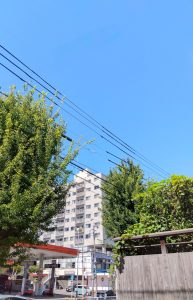
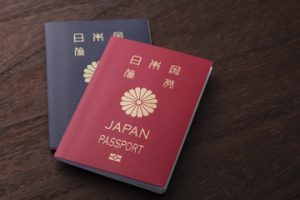
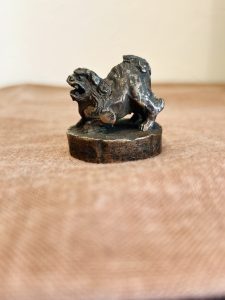

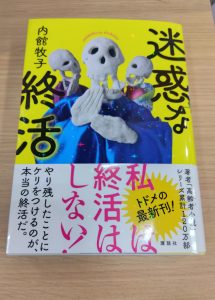
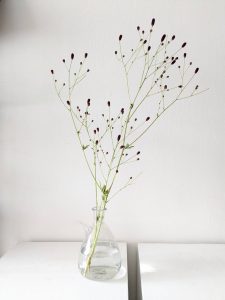
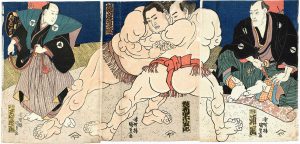
-225x300.jpg)

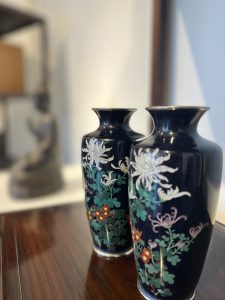
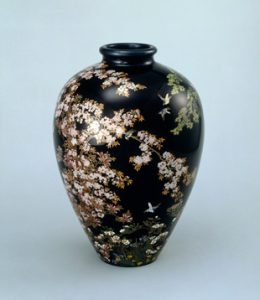
-225x300.jpg)
